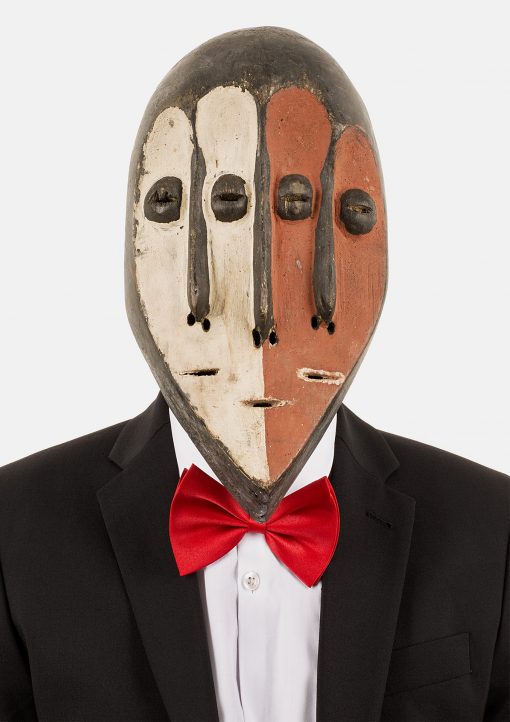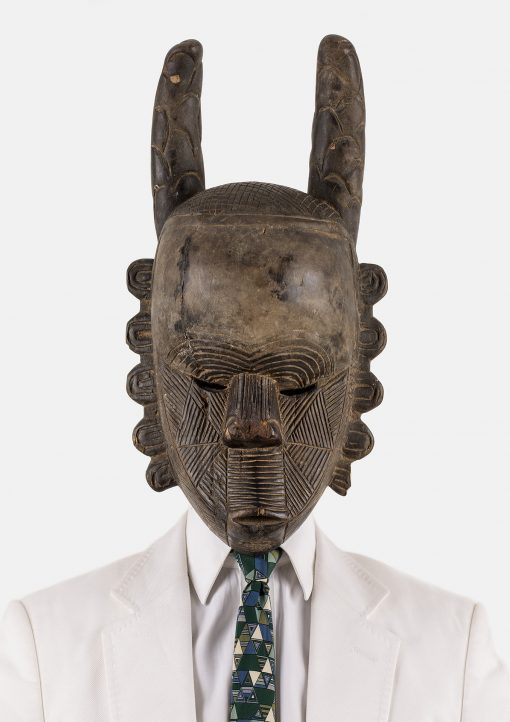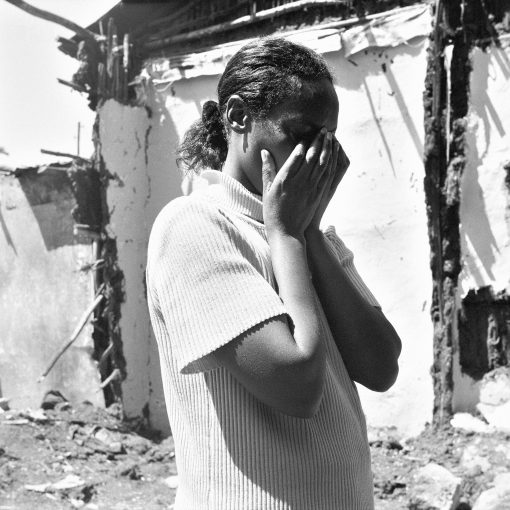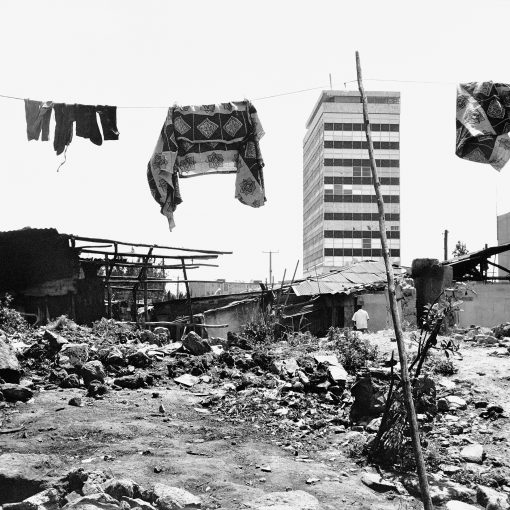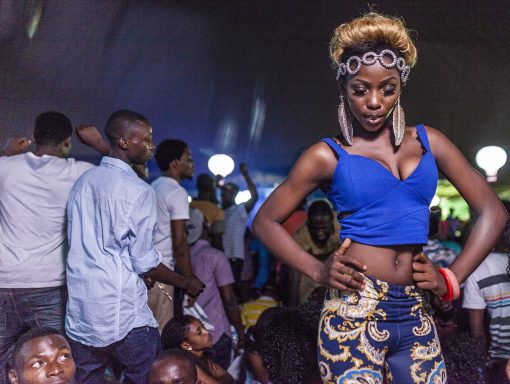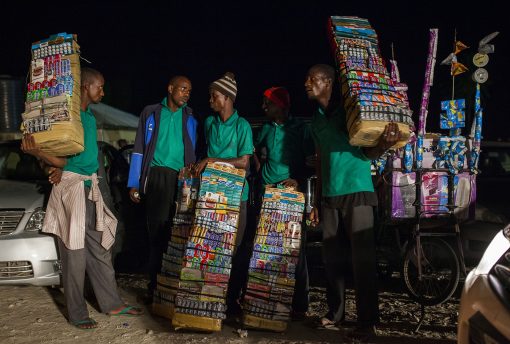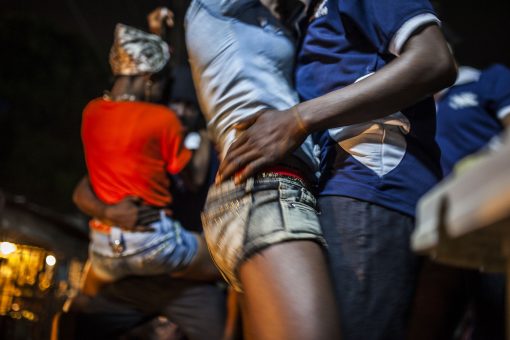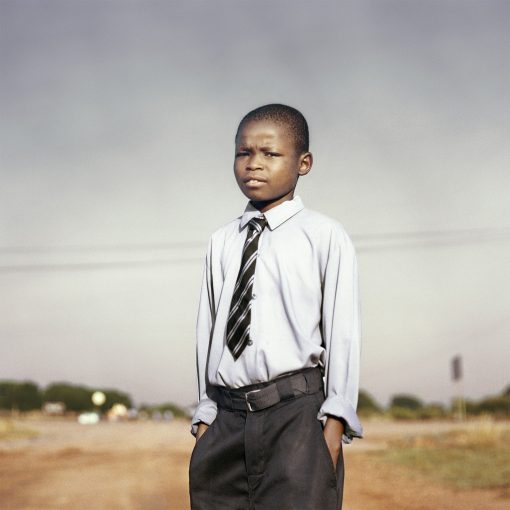Recent Histories
5/7/2017 — 11/12/2017
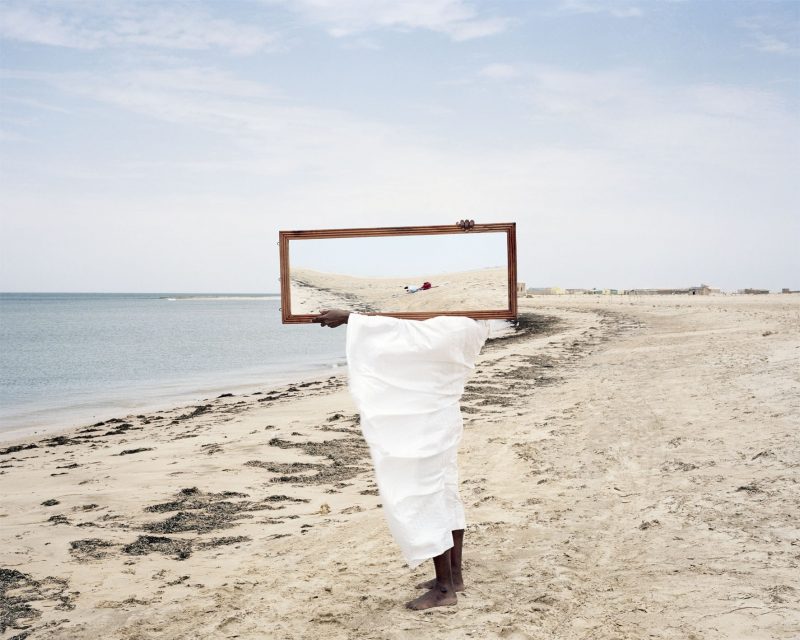
5/7/2017 — 11/12/2017
Recent Histories: Contemporary African Photography and Video Art features the work of fourteen contemporary African artists, born in the 1970s and later. Their varied bodies of work investigate personal experiences, questions of identity and belonging, and an array of sociopolitical concerns—including migration, lineage, and the legacies of colonialism. In these approaches, Recent Histories reveals the dialogues taking place amongst the current generation of lens-based image-makers, providing multiple points of entry to engage critically with current practices in Africa.
The underlying goal of Recent Histories is to reconcile the notion of "Africanness" through its treatment of particular artists' practices, rather than privileging existing discourses as a means of understanding a work, or a generation of practitioners. This proposition makes a conceptual break with prevailing approaches for facilitating and amplifying the work of African artists in the mainstream.
Featuring photography and video work by Edson Chagas, Mimi Cherono Ng'ok, Andrew Esiebo, Em'kal Eyongakpa, François-Xavier Gbré, Simon Gush, Délio Jasse, Lebohang Kganye, Sabelo Mlangeni, Mame-Diarra Niang, Dawit L. Petros, Zina Saro-Wiwa, Thabiso Sekgala, and Michael Tsegaye—and including installations that have been conceived specifically for the Neu-Ulm campus—Recent Histories unfolds across the three houses of The Walther Collection. Two overarching curatorial threads link the different works: "Deconstructed Spaces, Surveyed Memories," is staged in the bottom level of the White Cube, and "Social Life, Emotional Cartographies," spans the upper level of the White Cube, the Black House, and the Green House.
Presented in the lower level of the White Cube, "Deconstructed Spaces, Surveyed Memories" assembles works by artists who address structural notions of identity and memory. These artists explore such issues by embracing principles of abstraction, analyzing particular landscapes and built environments, or rejecting these approaches altogether for a more spiritual invocation of the photographic inquiry. Considering the impact of broad sociocultural, economic, and political currents as they shape the quotidian, these artists examine urban architectures, sites of labor, and products of mass consumption. Probing environments that oscillate between the public and personal, the works provide different commentaries on the transformations of life, brought about within the framework of an increasingly interconnected world.
The second curatorial thread of Recent Histories—mainly located in the Black House and in the Green House—centers on the human figure, as it moves through geographies, contemplates communities, or remains dislocated and billowing restlessly. The artists in this part of the exhibition present compassionate and varied portrayals of African individuals, providing fertile ground to mine the complex manifestations of the black body within visual imagery and social life. Harnessing the photographic image as tool of investigation and documentation, and ranging across expanses of geographic space to concentrated sites within a single city, these artists deploy the medium with a humanistic intent, to tell stories of those made visible and invisible—and pulling us ever closer.
The Green House features the work of artists who ruminate on experiences that are highly subjective and at times ephemeral. Many of the artists within the house are graduates of the Market Photo Workshop—a school, gallery, and project space that has played a pivotal role in training South African photographers in visual literacy and documentary photography. Founded by photographer David Goldblatt in Johannesburg in 1989, the institution took an active part in the country's democratic turn, as it provided educational access to black South Africans, which had been previously denied. These artists provide fertile ground to mine the complex manifestations of the black body within visual imagery and social life. The works are linked together through the emotional ties that forge communities amongst artists and sometimes separate souls between this life and the next. Harnessing the camera as a tool to span expanses of geographic space to concentrated sites within a single city, these artists deploy the medium with a humanistic intent, to tell stories of those made visible and invisible.
Curator Okwui Enwezor and collector Artur Walther discuss African photography, past and future. This interview is adapted from the catalog Recent Histories, published by Steidl and The Walther Collection in May 2017.
